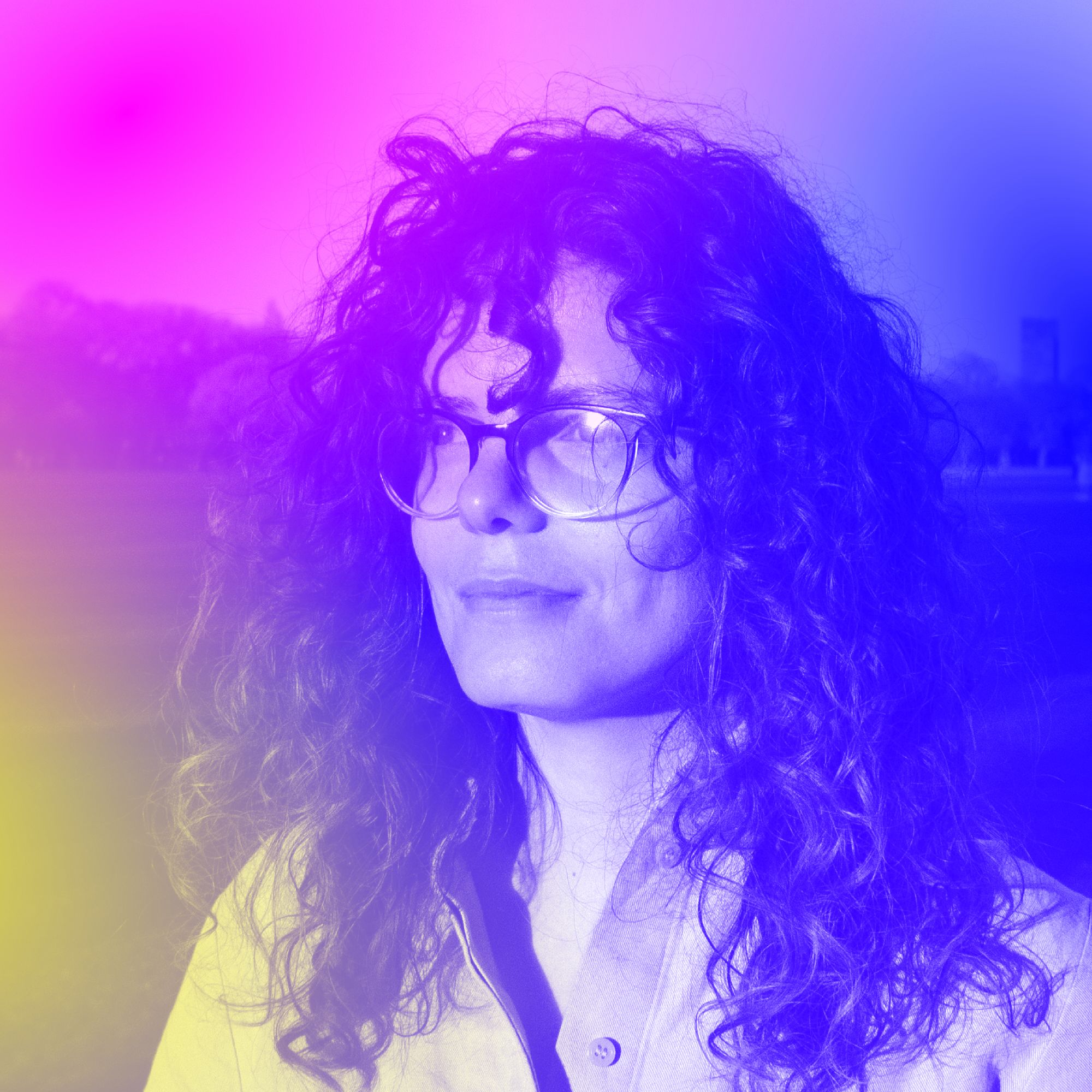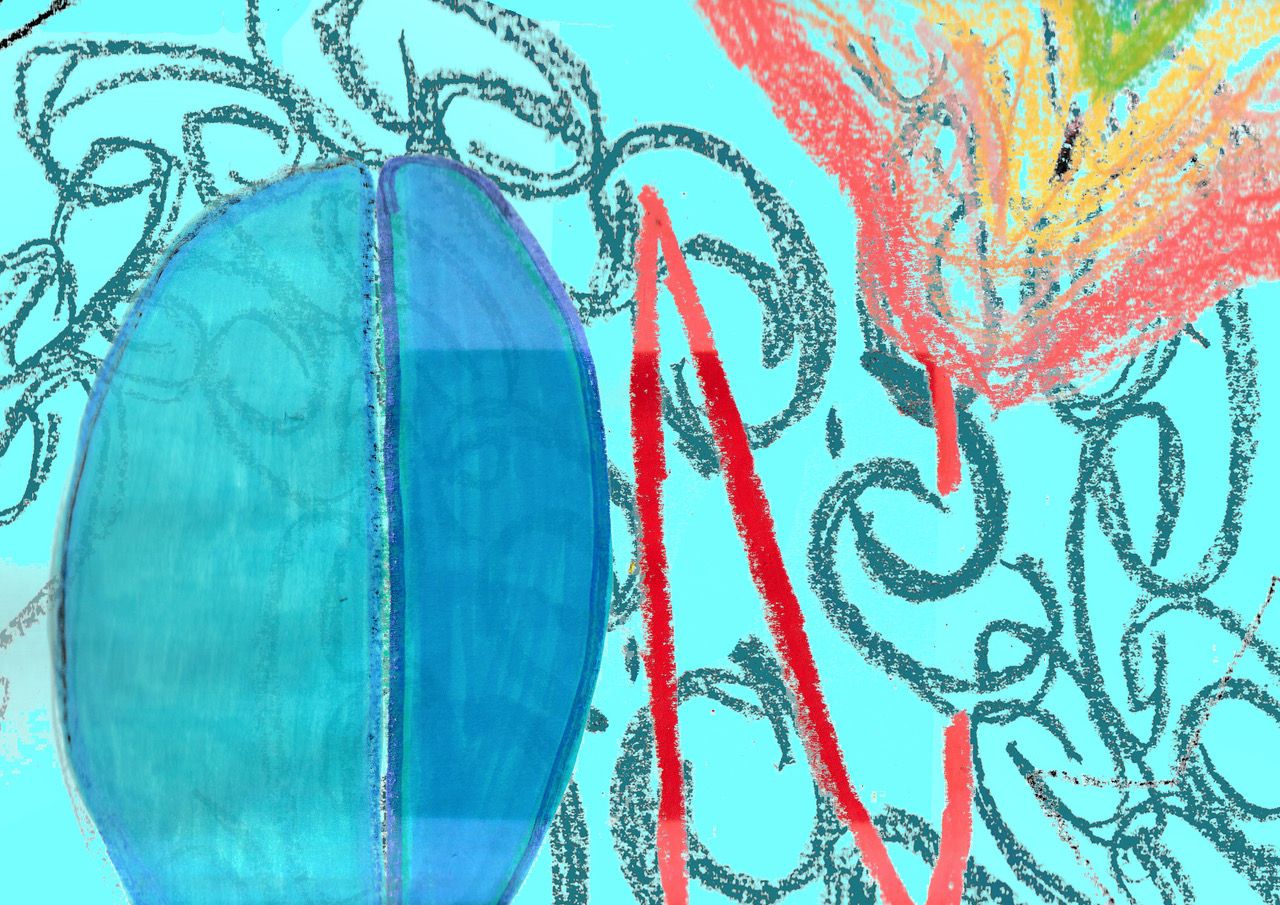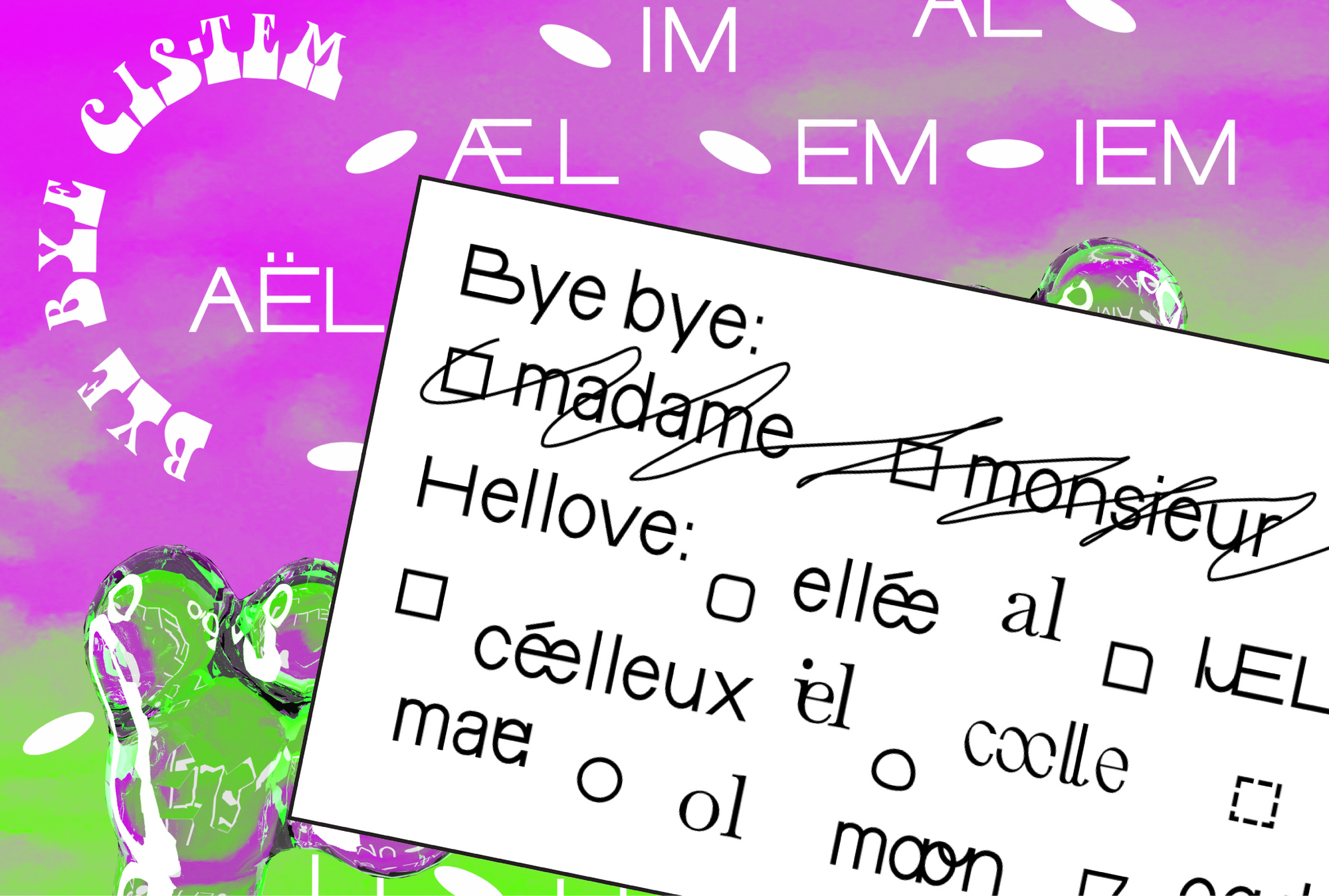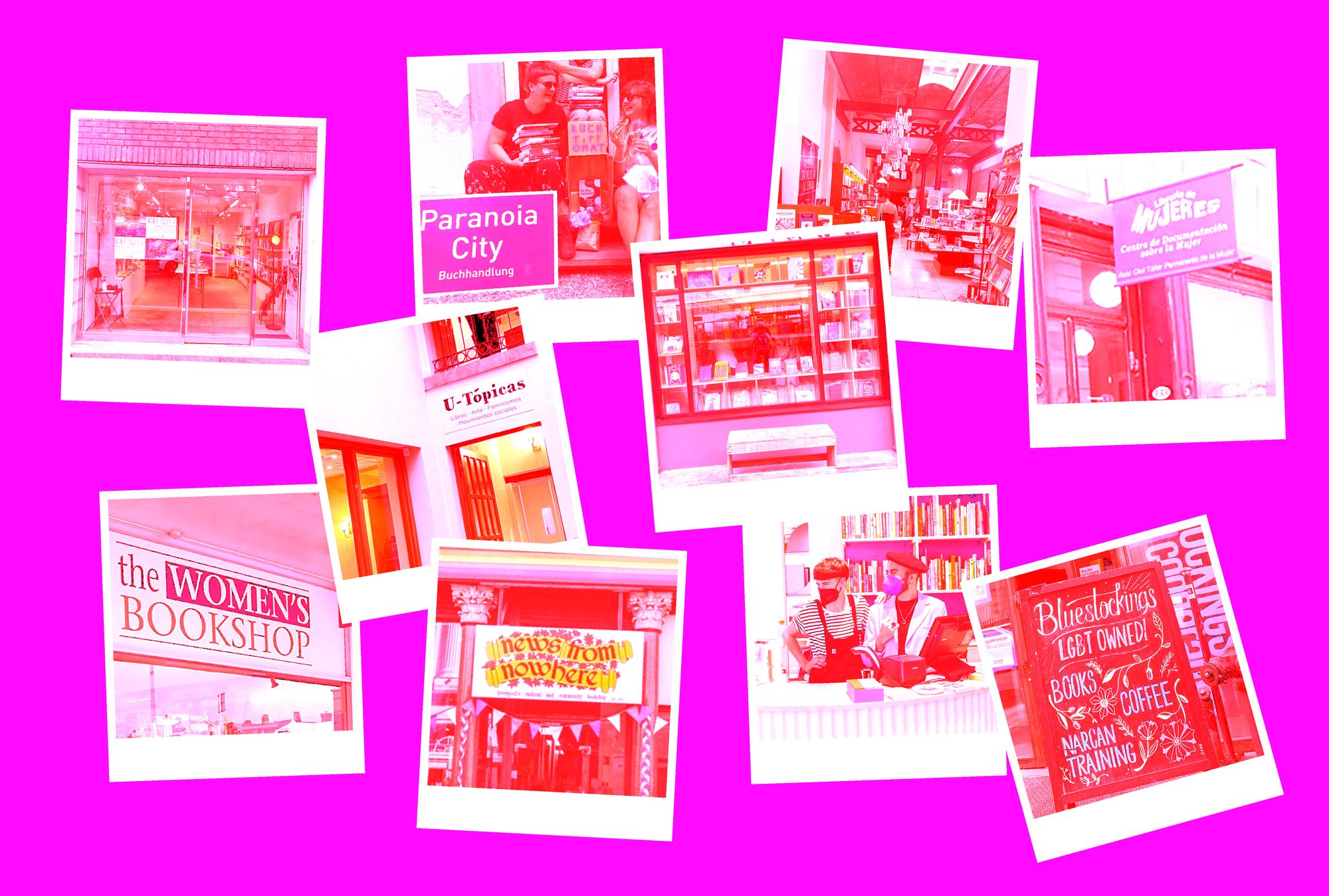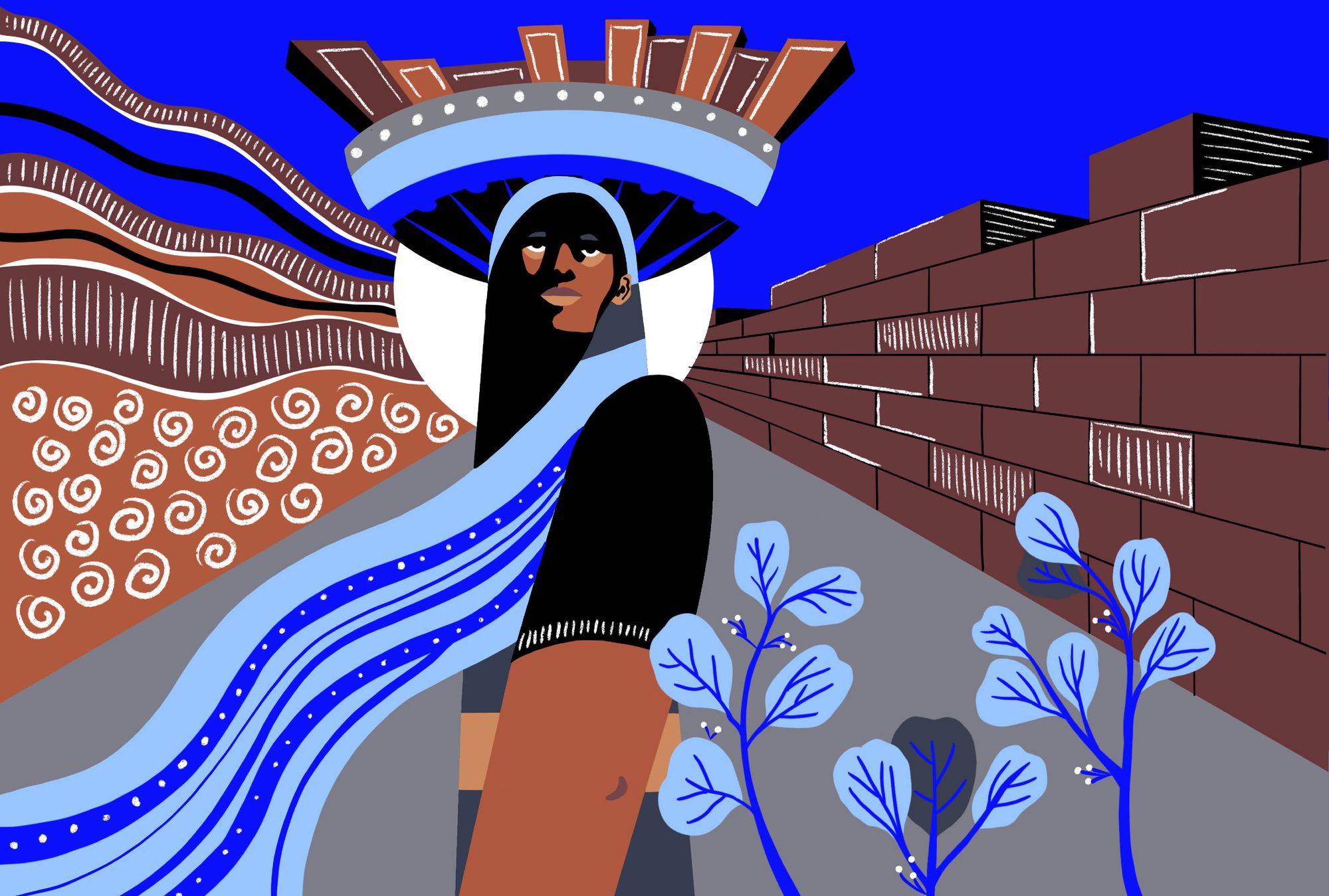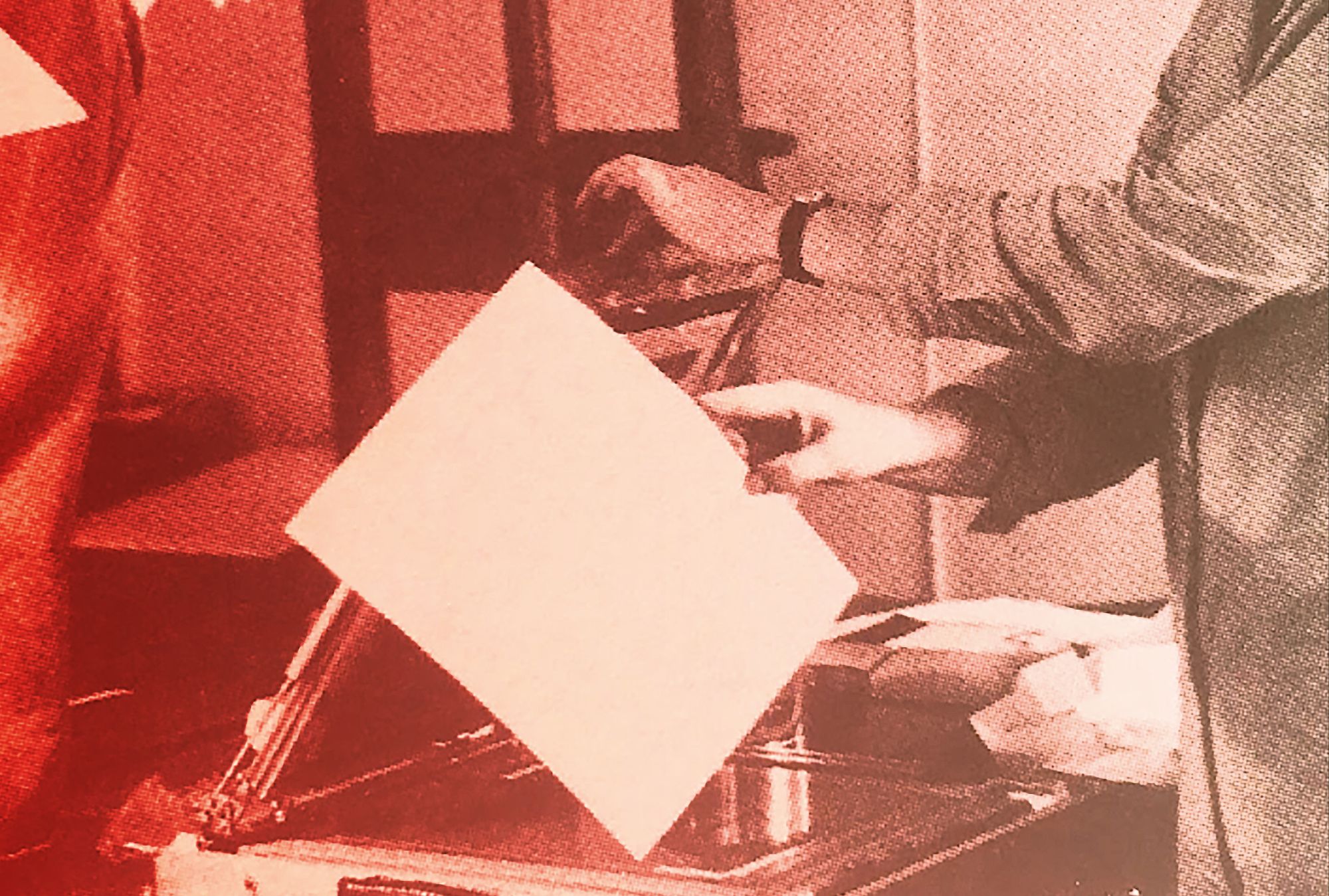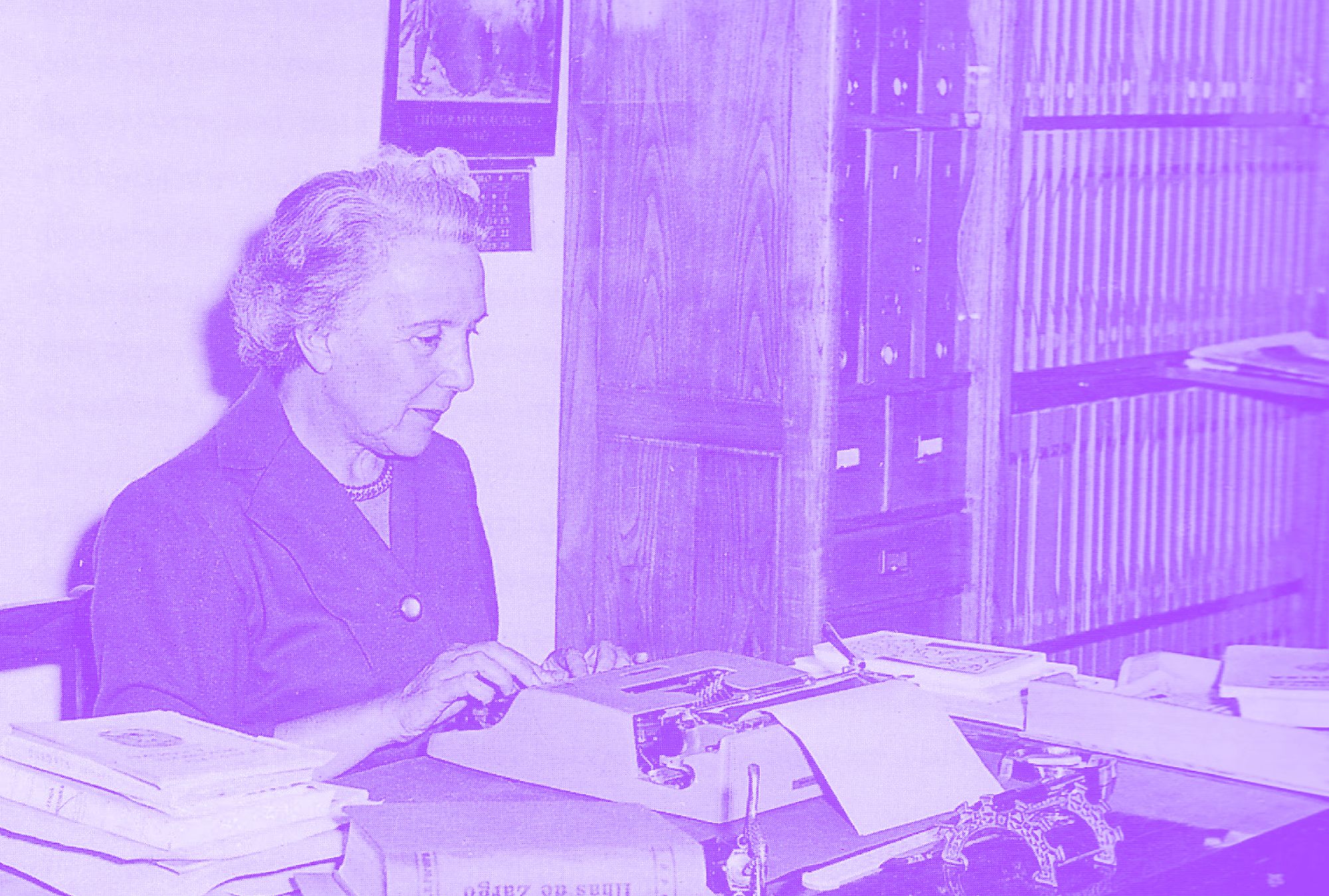
“When I was little, every week our housekeeper would buy Modas & Bordados, and then my mother would read the supplement aloud to her, the cook, the seamstress, and us, her daughters” reminisces the prominent Portuguese designer Alda Rosa, about her privileged childhood in Portugal in the 1940s. For 65 years, the “women’s weekly” Modas & Bordados was read by women across divisions of class, witnessing many changes in Portuguese society. A significant part of this periodical’s life was under the directorship of Maria Lamas, a woman of curiosity and empathy, deeply dedicated to understanding, as she termed it: “in all its aspects, the life of the Portuguese woman.” It was in her 19 years at its helm that Modas & Bordados turned into a publication of unassuming resistance that reached all kinds of women, advocating for their financial independence and their cultural and intellectual development.
To be in early twentieth-century Portugal was to be in a perpetual state of instability. After the overthrowal of the monarchy in 1910, governments kept falling and being replaced, until the establishment of the First Republic in 1910 was followed closely by the First World War, and the coup d’état of 1926 ushered in a military dictatorship. The only constant in this period was change.
“As was the case elsewhere in Europe, this instability created opportunities for social advancements.”
As was the case elsewhere in Europe, this instability created opportunities for social advancements. Though the first periodical addressing gender equality in Portugal, A Voz Feminina (Female Voice), had launched as early as 1868; it was the first decades of the twentieth century which saw a burgeoning feminist press, with titles such as Às Mulheres Portuguesas (To the Portuguese Women), A Mulher Portuguesa (The Portuguese Woman), and A Semeadora (The Sower). These publications discussed feminist issues and provided platforms for some of the preeminent feminists of the First Republic, such as Ana de Castro Osório and Adelaide Cabete, who founded the National Council of Portuguese Women in 1914.
The Council and other nascent women’s organisations, although important, were predominantly the reserve of upper class, educated women—a stark contrast to an uneducated wider population; in 1911, 77% of women in Portugal were illiterate.
It was in this climate in 1912 that the newspaper O Século, one of the most prominent in the country, first published the weekly women’s supplement Modas & Bordados (Fashion & Embroidery). For the first 17 years of its existence, Modas was an unremarkable women’s supplement, featuring fashion editorials and short stories, reinforcing the stereotype of woman as housekeeper, wife, and mother.
Things began to change in 1928—the early days of the military dictatorship—when Maria Lamas was invited to become the director of Modas. She was then 36 years old and married for the second time. Despite having dropped out of school after her first marriage at the age of 16, she was fluent in French and English, and enjoyed writing. These skills became useful in 1921, when she landed her first job as a journalist and translator at the American News Agency in Lisbon, working for Virginia Quaresma—the first Portuguese female journalist, and a recognised feminist of the First Republic. It was in this energetic news agency that she met Ferreira de Castro, a fellow journalist and editor of the newspaper O Século, who invited Maria Lamas to take responsibility over the supplement.
By 1928, Modas was in dire need of leadership. For three years, the supplement had been functioning without a director, and it was not turning a profit. Its content was conservative and traditionalist, and there was little to set it apart from other women’s publications of the time. Its covers were mainly illustrated, often depicting women in stylist clothes and elegant poses. At the top, the masthead was drawn in cursive type finished with an elegant swash, looking almost like it had been painted by hand—a marked counterpoint to the masthead of the newspaper O Século and its other supplements, which were set in bold, black, mechanical type.
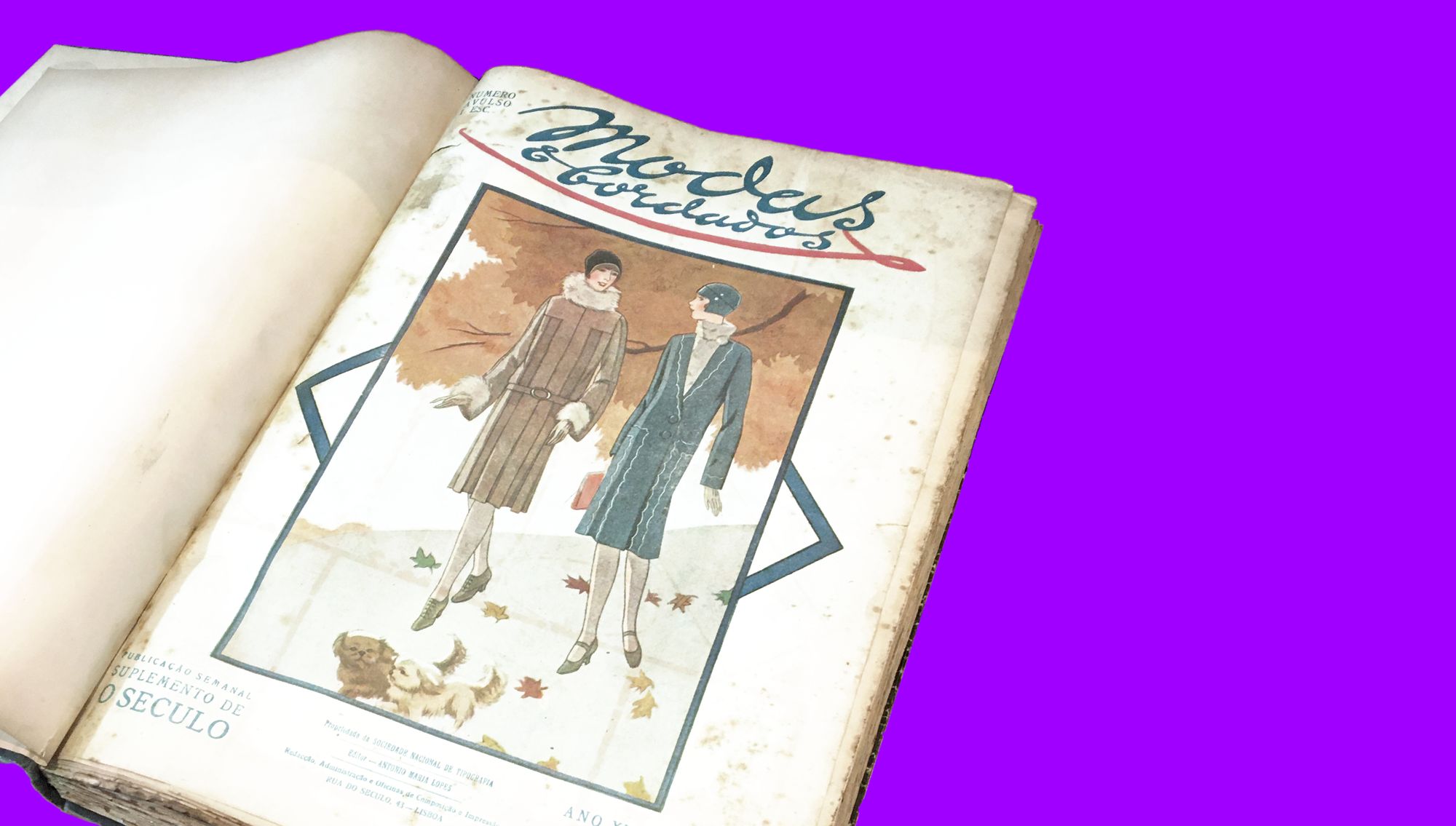
The structure of the supplement remained the same for the first year of Maria Lamas’ directorship. A twelve-page, staple-bound booklet, it opened with an advertising page facing a column titled “Women’s Chronicle” that discussed the latest trends in fashion, often written by Lamas herself, and complemented with fashion illustrations. The second spread featured a black and white fold-out pattern, usually for a sewing or embroidery project, followed by a spread with craft ideas such as how to repurpose blouses, or make cushions for children’s bedrooms. The centerpiece consisted of a single colored illustrated composition made out of several cut-outs of models wearing the latest trends, complemented with written descriptions of the clothes—the materials they were made of, and the colours—asking the readers to imagine how it would look and feel like to wear them, but giving no indication of where to acquire those clothes, which implied that they were not easily available in Portugal.
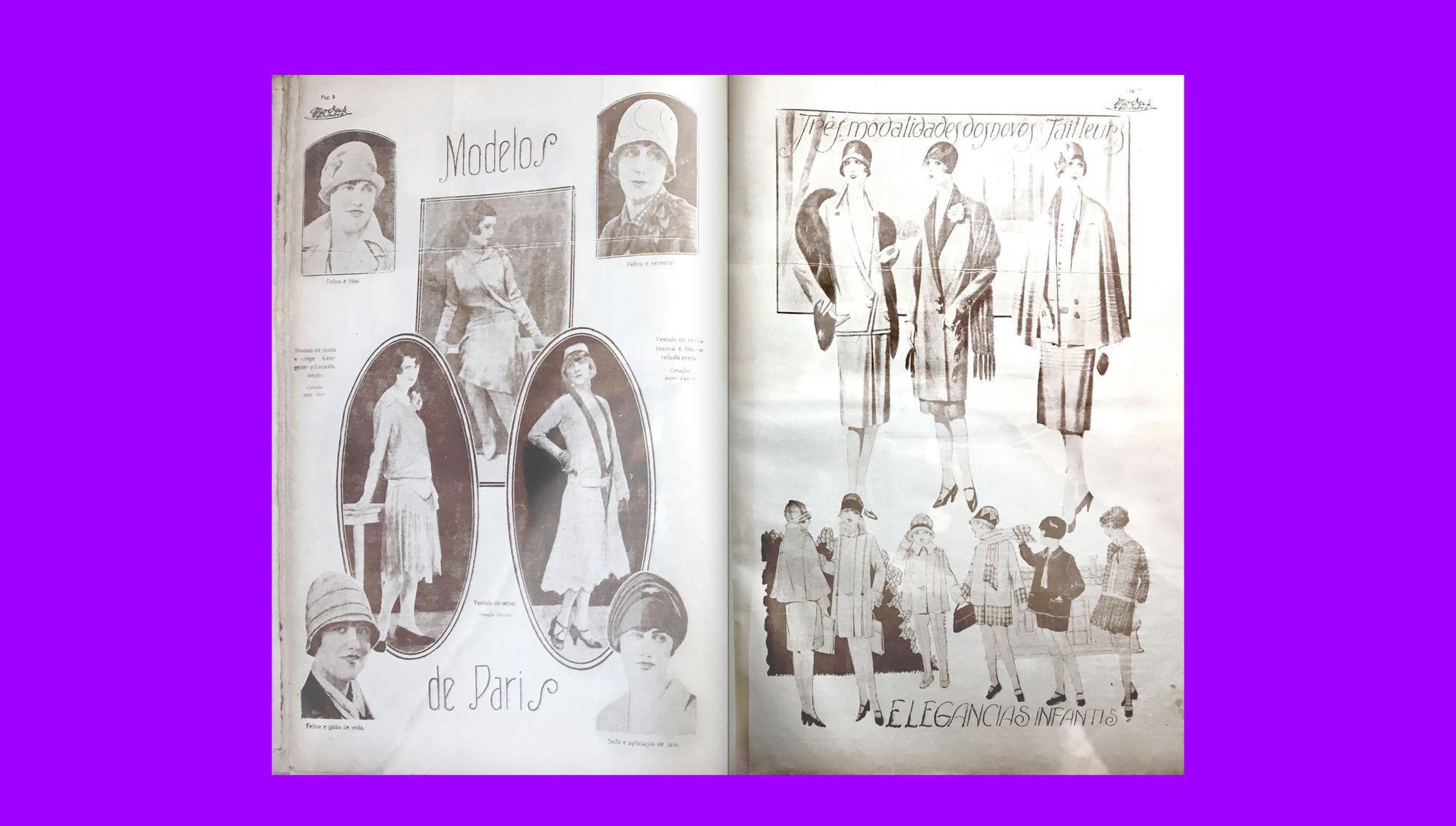
Towards the end of Lamas’ first year, however, things began to change. In light of England’s 1928 Representation of People’s Act Proposal that gave women the electoral equality of men in the United Kingdom, the supplement on April 18, 1928 printed an inventory of women’s voting rights all over the world, and an anniversary list of important feminist events.
In 1929, there was a clear development: the fold-out pattern loses importance and moves to the very end of the publication, the covers no longer depict unattainable clothes, but present portraits of Portuguese actresses, and there was an introduction of more general subjects not necessarily related to fashion. In April 1929, for example, there was a page dedicated to women and sports, with accompanying text proclaiming: “Vai longe o tempo em que a mulher viva dentro das quatro paredes da casa, apenas ocupada nas lides domésticas” (The time in which women lived only inside home’s four walls, occupied only with domestic work, is long gone). That same year, the supplement started introducing short historical articles, for example one recounts the history of clocks and uses it to launch into an essay about aging; another tells readers the history of cribs; another, the history of hats. In March, Modas published a profile of Madame Curie, and the July issue discussed female heads of congregations in England, and female restaurant managers in New York.

This use of foreign examples to make progressive arguments is illustrative of the balancing act that Lamas had to perform at the magazine’s helm to avoid direct criticism of the Portuguese regime. Modas wasn’t a radical publication; it was a widely-circulated generalist weekly that discussed beauty and fashion issues, but its mission was, as stated in an editorial from 1945, to “guide, clarify and help women in the various circumstances of life.” It was, very likely, this balance that managed to keep the magazine free from censorship, invoking cultural and social values that gave women a dignified and superior role in society, without overtly contesting the traditional values of Estado Novo.
An article published on September 25, 1929, is an example of Modas’ editorial voice. The title “Woman that works” was written in bespoke lettering, giving it some importance even though it was a small article. It laments how in Portugal, it was still common for the women of the higher classes—“just dolls, slaves of luxury and frivolities”—to look down on women that work, and ends by praising the women that are able to earn some extra money and give their children a better education. It demands that these women should be admired not just by men, but by women too. In a playful tone, it adds that if this woman who works also manages to continue to look pretty and dress well, then this woman should be considered an admirable example of the modern woman: “a superior creature.”
The article, although unattributed, parallels Lamas’ own personal life. In 1929, Lamas officially separated from her second husband, and while raising her three daughters alone, she began working intensely on Modas. Although she sometimes struggled to make ends meet, she always paid attention to her looks, wearing her signature red lipstick, penciled eyebrows, manicured nails and simple, elegant clothes.

Side by side with changes in content, the look of the supplement goes through transformations. Whereas in 1928 all images were illustrations of “elegant” and upper-class women; in 1929, a lot of the photographs depicted “real people.” Women are shown not just posing, but also playing sports, talking, and singing; their passivity is replaced with action. The layout becomes a lot more playful and energetic; there are a lot more images, some placed at an angle, some are cut-outs, others are shown inside circles, with text written all around them and not confined to static text boxes, and many different fonts are used for the titles. One cover shows a woman playing tennis in a championship held just outside Lisbon; another cover shows the female target-shooting winner posing, but not looking at the camera, with her gun held at her side, the stripes of her skirt echoing the circles of the target behind her.

All the while, Maria Lamas was involved in all parts of the production of the supplement, including working with the graphic design department, choosing images, fonts for the titles and size of text columns. If being a journalist was already difficult for a woman in the late 1920s in Portugal, this involvement with all sides of production was unusual, and gave Maria Lamas a wider engagement with her role as a journalist, expertise she would later use to write her book Women of my Country.
Beyond the Page
Maria Lamas saw in Modas & Bordados an opportunity that was larger than the supplement itself. The connection between O Século and the rise of the Republic gave the paper great influence and respect. Its offices were large and well located in downtown Lisbon, in Rua do Século, named after the newspaper itself. The reputation, the large space, and its location gave Lamas the possibility to organise events to celebrate women and continue the work the feminist of the First Republic had started: to educate in order to give women their financial independence.
In 1930, O Século was celebrating its 50th anniversary with several events, and Maria Lamas took this opportunity to put together an exhibition about work made by women. In an editorial from March 1930, she announced: “The number of women in Portugal that have been distinguished in arts, literature and science is significant (...) Modas & Bordados wishes to pay a worthy homage to all of them, highlighting them, in an ensemble that will reach the greatest splendor possible, of all their admirable work.” This show was ambitious and as Lamas stated, “put together a large artistic and bibliographic exhibition, conferences, concerts, recitals, where side by side with the most distinguished painters, sculptors, embroiders and lace makers, whose work will be largely represented, will also stand writers, doctors, lawyers and teachers.”
The result was an amalgamation of very different objects from all parts of the country such as letters written by celebrities, blankets and scarves from Minho, sun drying mats from Algarve, embroidery from Beira and Madeira, amongst oil paintings and watercolors, sculptures in bronze and marble, and books. These were shown without any visible hierarchy, and thus breaking the separation between high and low arts. Each object was documented with the same attention and detail, and also with full transparency regarding the selection committee and their criteria.
The preparation for the exhibition was thoroughly documented in Modas & Bordados. As objects were being sent in from all over the country, Lamas discussed the process of selection in the magazine. From the exhibition’s inauguration on May 17 and its closure in December, there was always something written about it in Modas—sometimes biographical notes about the authors; other times, full transcripts of the literary gatherings and readings. During the whole year of 1930, the covers of Modas published portraits of Portuguese women of distinction: doctors, poets, painters, embroiderers, and even the President of the National Council of Women.

Even though the exhibition was Lamas’ initiative, she was not credited in the catalogue, and on the opening night, only men gave the speeches—including Júlio Dantas, a known anti-feminist. President Óscar Carmona and the then-minister of Finance, António de Oliveira Salazar, both attended the opening, perhaps because the dictatorship was in its infancy, and censorship was not yet so severe. The newspaper O Século was well respected by the regime, but it is notable to observe the way in which Lamas mixed folklore and popular culture, considered nationalist and innocent, with the more “threatening” arts like literature, painting and sculpture. This same strategy was applied to the content of the magazine itself. In what seemed to be an attempt to reach out to all women, Lamas made the content of the magazine accessible to everyone. The message was at its core highly political, encouraging women to free themselves of their prejudices, of an education that was damaging their spirits; to engage in sports, to find jobs and be financially independent, to "be, intelligently, women." This was a slogan she kept repeating and adapting, but it wasn’t affiliated to a political party or dressed as propaganda; it was subtle, masquerading as friendly advice, and always paired with more conventional ideals of femininity.
A Feminine Life
With the success of the exhibition, O Século allowed Maria Lamas to add Vida Feminina (Feminine Life) as a subtitle of Modas & Bordados, a small feat which Lamas nevertheless considered a great achievement. The weekly was moving away from being purely about embroidery and patterns, and towards a publication that engaged with all matters of a woman’s life. The early 1930s was an interesting time for women beyond Modas too: in 1931, widows or women over 21 with an education were allowed to vote; and in 1933, the vote was extended to women who were financially independent, regardless of age or marital status. In the 1934 elections, for the first time, three candidates for government representatives were women.
Lamas’ intention to hear from all women was achieved through Modas in the form of surveys and correspondence. In 1937, Lamas created O Correio da Joaninha (Joana’s Post), a column where, under the pseudonym of “Auntie Filomena,” she replied to letters from women. It was clear Lamas was reaching a wider audience by the thousands of letters Modas was receiving from all parts of the country, including the islands and the then-Portuguese colonies in Africa and Asia; but because not only young females were writing to them, but also older women. In 1947, on the 10th anniversary of her column, “Auntie Filomena” notes that by the correspondence she was receiving, she could understand the dangerous disorientation felt by a large majority of women, owing to flawed education in certain aspects, which led them to experience a false concept of what life should be.
“The fight for women’s education and preparation for a professional life was long debated in the pages of the supplement, but the real experience in the country was different.”
Another way Modas communicated with the audience was via surveys. The fight for women’s education and preparation for a professional life was long debated in the pages of the supplement, but the real experience in the country was different. The educational project of the dictatorship was reducing the country’s illiteracy (by 1931, 69% of women and 50% of men could read and write), but the number of women in universities was still much lower than men (in 1940 only 16.5% of university students were female). In 1945, in a bold move, Modas asked the audience directly: “Should the education of girls be the same as boys?” The introductory statement of this study that Modas entitled Life and Us (Nós e Vida) expressed that “the preparation of girls should not be for marriage, but for Life, such as the preparation of boys.”
By 1947, Modas & Bordados was no longer a mere supplement to the newspaper but a magazine in its own right. The look had changed quite a lot; it was slightly smaller in physical size but larger in its number of pages. The covers no longer had a margin around the images and, thanks to advances in printing technology making reproductions of colour photography cheaper and more widely available, they were often filled with vibrant photos or illustrations. At this time, the name of the publication, Modas & Bordados: Vida Feminina, was usually placed over the image typed inside a box. There was a lot more content, and less room for playing with images.
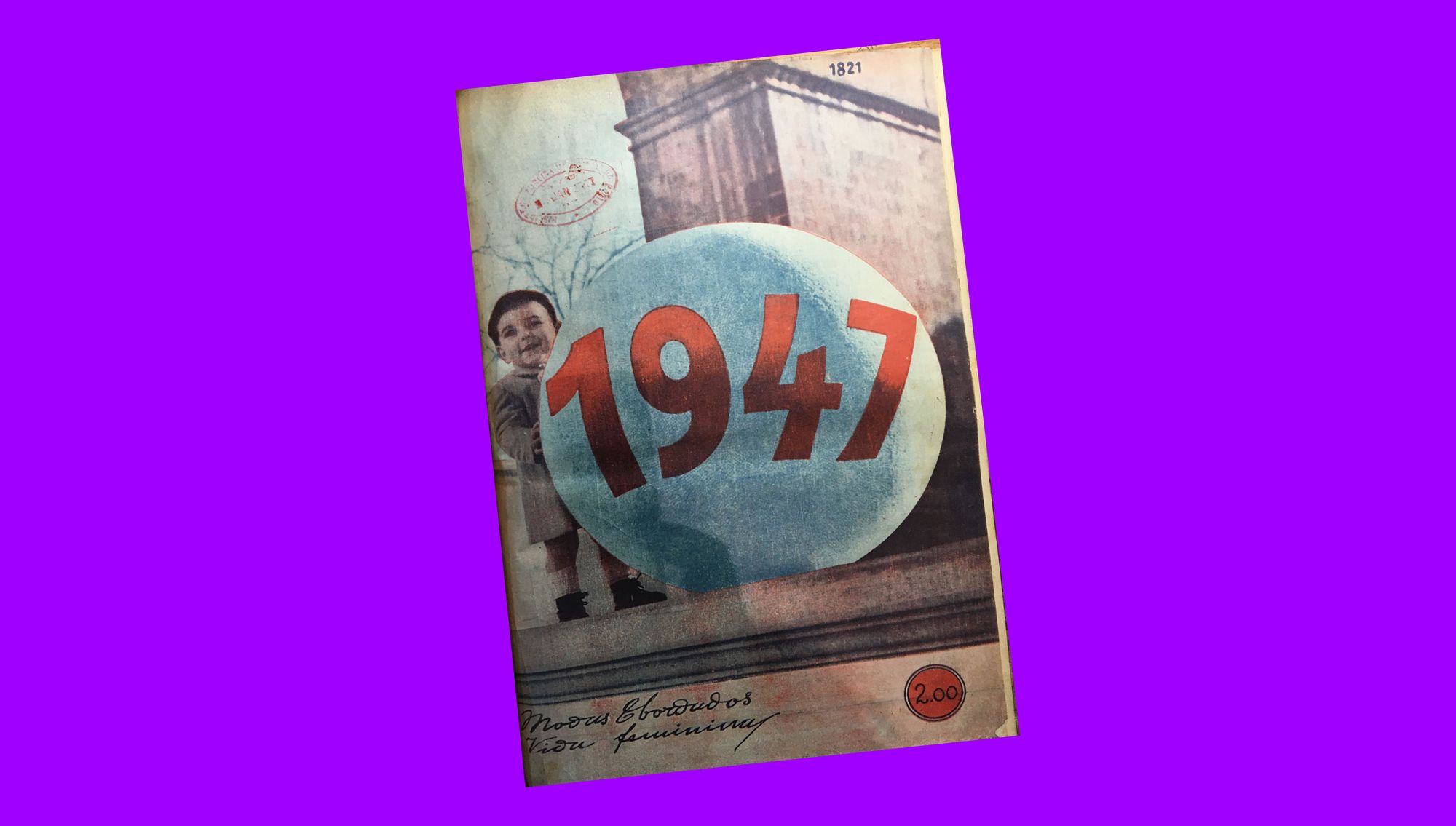
Readership interaction continued to be prominently featured, with a few columns requiring public participation such as: “What does the Portuguese woman think and want?” One of the responses from Franscica do Carmo e Costa, a teacher and writer from Algarve in the South of Portugal, drew a very vivid portrait of life in Portugal at that time, especially outside of Lisbon. She described a life of poverty, where women have no time to enjoy any cultural activities that would enrich them, and end up considering those as frivolous because “the poor level of existence multiplies the problems that absorb all the energy.”
This response is symptomatic of the climate of the country. Since 1933, the new Constitution drawn by Salazar, now the Prime Minister—which underlined ideals of a nationalistic, colonialist, conservative country with very strong Catholic ties—was approved. In order to fix the national debt, Salazar enforced austerity and red-penciling waste, leaving most families hungry and poor. This new period would be called Estado Novo and was characterized by a cult of the Church and the leader, and by a very repressive structure that was supported by censorship and propaganda, leaving anyone with any ideals against the regime in danger. PIDE, Salazar’s police, was monitoring any anti-regime activity closely, especially the press. In 1945, Maria Lamas was elected the President of the National Council of Portuguese Women; this, paired with her connections to MUD (Movimento de Unidade Democrática, Movement of Democratic Union) put her high on the dictatorship’s radar.
With the end of WWII and the demise of Hitler and Mussolini, there was hope that Salazar too would fall. In 1947, it was in this climate of hope that Maria Lamas put together another exhibition, Books Written by Women, which took place in the Great Hall of Fine Arts at the University of Lisbon. With the same energy and dedication Lamas put into Modas, The Council of Portuguese Women contacted Embassies, Councils of other countries, as well as libraries, with a request to all Portuguese-language writers to send in their books. From 30 different countries, more than 3000 books were collected, and charcoal portraits were made of a selection of 150 female writers. The result was impressive: the room, although high-ceilinged, looked balanced, with a row of portraits at eye level, all the same size, drawn in charcoal. Under the portraits a river of books was displayed, confirming the vast contribution of female authors to the arts and science. Like in the Exhibition of Women’s Work, there was a parallel program of cultural sessions, accompanied by film adaptations of some of the novels, as well as a section for children with reading sessions of illustrated books and dedicated children’s films.
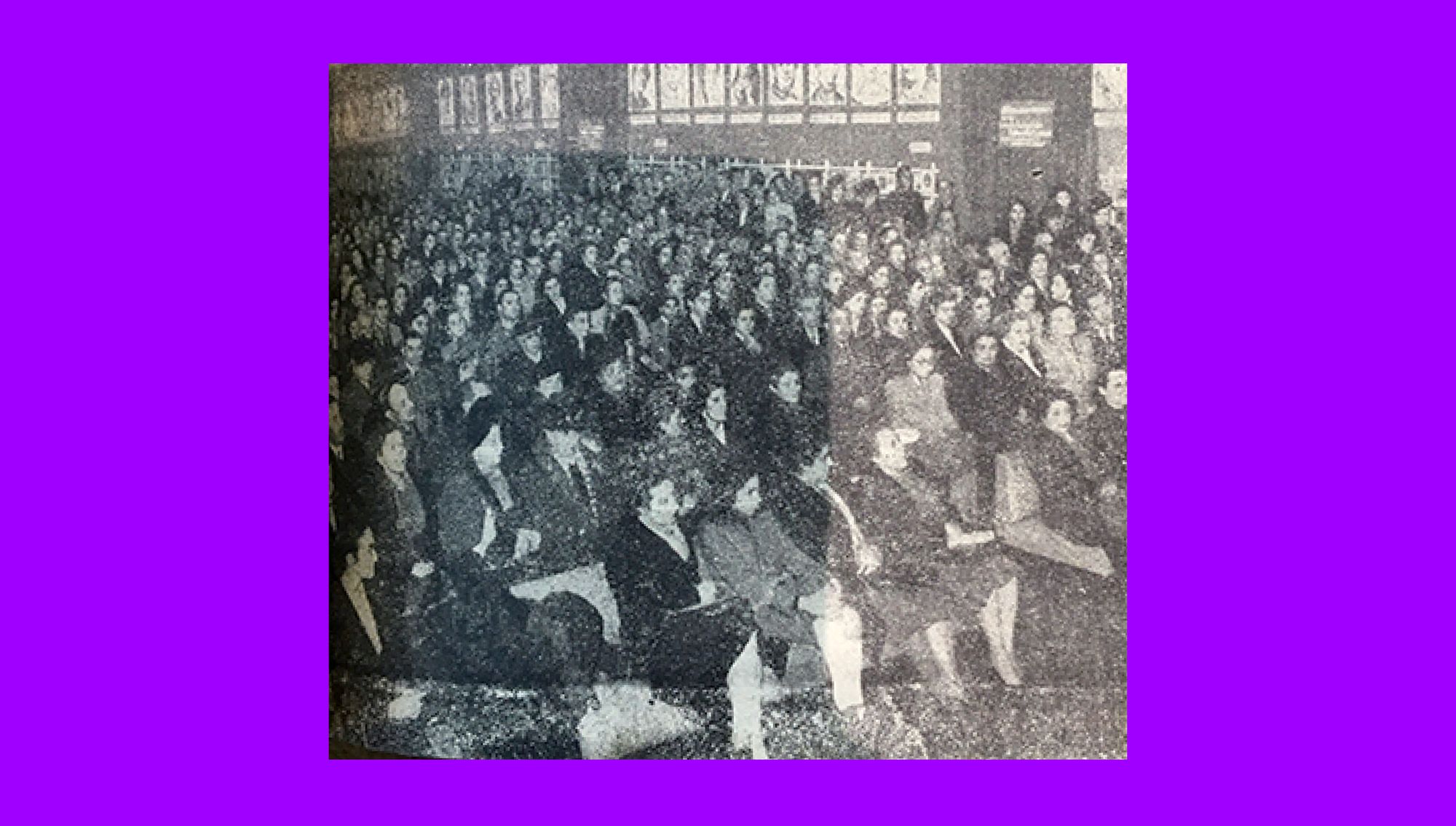
This time, however, Salazar did not join the opening night celebrations. The post-war hopes for a declining dictatorship proved to be ill-founded, and PIDE closed the exhibition just ten days after its opening. Not to be defeated easily, the Council got wind of PIDE’s intentions and organised members, family, and friends to rescue the books and portraits during the night, and hide them in their houses. This small act of brave solidarity was later praised by Lamas in an anonymous article published in Modas, drawing attention to the fact that all the organisational work behind the exhibition had been made by members of the Council in an act of collaboration, not attributing responsibility to any singular member. This showed a strong collective response, and also avoided putting any one person in danger.
Maria Lamas’ journey on Modas & Bordados ended soon after that. Most likely under pressure from the Estado Novo, the director of O Século asked Lamas to choose between the weekly and her role as President of the National Council of Portuguese Women. Even though she fought to keep both jobs, after 19 years, she officially left Modas in 1947, choosing to maintain her role as President of the Council. PIDE interrogated Lamas, questioning the necessity of the Council and claiming there were several state organisations already doing that job. Finally, in 1947, they closed the Council altogether.
“Undeterred in her mission, she set out to prove that the state’s engagement with women’s rights was entirely inadequate.”
Newly unemployed at the age of 54, Lamas took it in stride. Undeterred in her mission, she set out to prove that the state’s engagement with women’s rights was entirely inadequate. She began work on an extensive reportage about the work and living conditions of Portuguese women. Travelling the length and breadth of the country over the next two years, Lamas interviewed and photographed women from all parts of society, creating one of the most extensive attempts to document the everyday lives of women that Portugal had ever seen. However, the book, published in installments from 1948 to 1950, was silenced, ignored by the partisan press, and Lamas was persecuted by the State. Now in a precarious financial situation, and with constant arrests and harassment from the State, Lamas was eventually driven into exile in Paris in 1956, where she remained until 1969, just a few years shy of the Carnation Revolution of 1974 that ended the 48-year rule of the military dictatorship.
It was in this period of exile that Alda Rosa, now studying graphic design in London, met Maria Lamas in person. Rosa remembers how she used to think of Lamas as a myth, because she knew how much Lamas had done in her fight for women and in changing mentalities in Portugal, but had only known her as an ethereal, exiled character.
Speaking in the wake of the revolution, Lamas made her own assessment of a life spent in service of change:
“Ever since I was a little girl, I was attached to a dream. Not a fantasy dream you have when you’re sleeping, or even awake. My dream was about the future of humanity. To follow this dream I went through many paths, and I am convinced that—despite the disappointments, despite the failures, despite the suffering, all which were plenty—that this is the only dream worth living and fighting for. It was this fight that pushed me out of my father’s house, destroyed the dreams I had as a little girl, and replaced them with the dreams of a conscious woman; that gave me new energy and made me a woman, who despite her age, faces the future as a fighting field, a future in which I want to be present.”
Isabel Duarte is a Portuguese graphic designer interested in the intersection between design history and feminism.
This text was produced as part of the Troublemakers Class of 2020 workshop.

